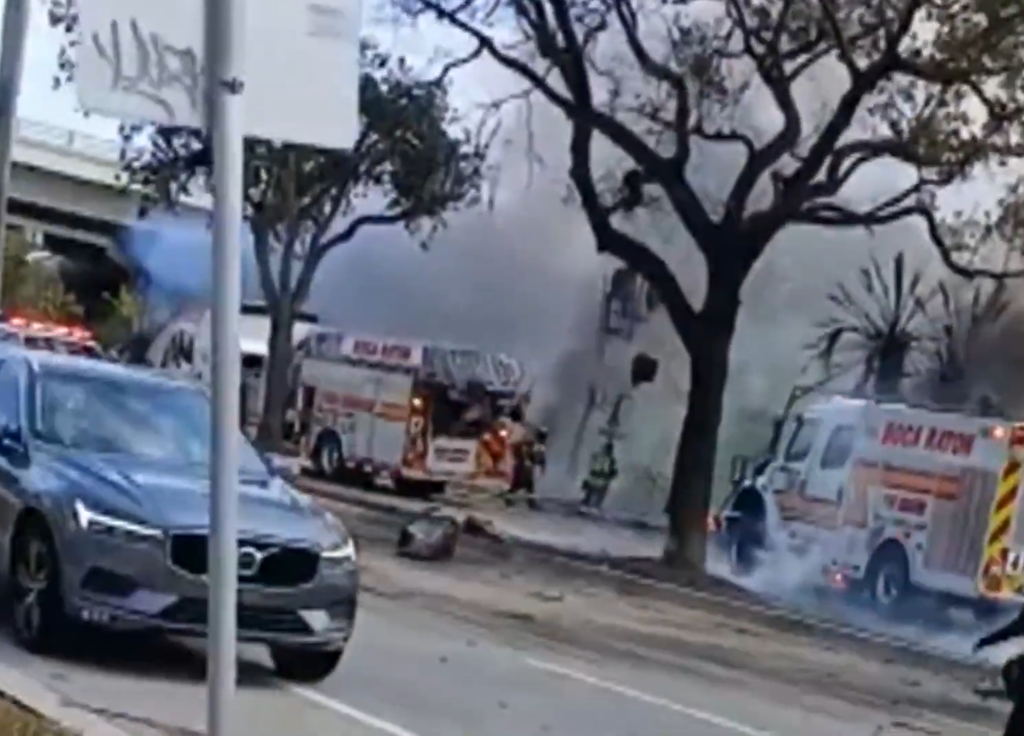The tragic Boca Raton plane crash on April 11, 2025, has raised important questions about aviation safety and emergency preparedness. The crash involved a twin-engine Cessna 310, which went down shortly after takeoff, killing three people onboard and injuring one person on the ground. Investigations by the Federal Aviation Administration (FAA) and National Transportation Safety Board (NTSB) are underway, but initial reports suggest mechanical issues may have contributed to the accident.

This incident highlights the critical importance of emergency preparedness for pilots, especially when dealing with mechanical failures during flight. Below, we explore lessons learned from this tragedy and actionable tips for pilots to handle emergencies effectively.
Key Takeaways from the Boca Raton Crash
- Mechanical Failures Are Unpredictable
According to aviation experts, the Cessna 310 experienced mechanical issues shortly after takeoff, forcing the pilot to attempt a return to the airport. Flight tracking data showed erratic loops around the airport before the aircraft crashed onto a busy street. This underscores how quickly mechanical problems can escalate into life-threatening situations. - Low Altitude Challenges
Witnesses reported that the plane was flying “extremely low” before it crashed. Aviation experts emphasize that low altitude reduces a pilot’s ability to recover from mechanical failures or execute emergency maneuvers effectively. - Importance of Communication
The pilot had reportedly communicated with air traffic control about mechanical issues before the crash. Timely communication is vital in emergencies to coordinate rescue efforts and provide situational awareness to authorities.
How Pilots Can Prepare for Emergencies
1. Conduct Thorough Pre-Flight Checks
- Inspect all critical systems, including engines, fuel lines, rudders, and avionics, before every flight.
- Use checklists to ensure no component is overlooked during inspections.
2. Practice Emergency Simulations
- Regularly train for scenarios like engine failure, loss of control, or landing gear malfunctions using flight simulators.
- Focus on decision-making under pressure and executing emergency procedures efficiently.
3. Prioritize Altitude Gain During Takeoff
- Experts recommend gaining sufficient altitude immediately after takeoff to allow more time for recovery in case of mechanical failures.
- Avoid unnecessary maneuvers at low altitudes unless required by airspace restrictions or weather conditions.
4. Maintain Constant Communication
- Establish clear communication with air traffic control as soon as an issue arises.
- Provide accurate information about your location, altitude, and nature of the problem to facilitate assistance.
5. Familiarize Yourself with Emergency Landing Spots
- Research potential emergency landing locations near your route before every flight (e.g., alternate airports or open fields).
- Use GPS tools to identify and navigate toward safe landing zones during emergencies.
Aviation Safety Resources for Pilots
- FAA Emergency Procedures Manual: Comprehensive guidelines for handling various in-flight emergencies (faa.gov).
- FlightRadar24: Real-time flight tracking and data analysis tools (flightradar24.com).
- NTSB Safety Reports: Access detailed reports on aviation accidents for learning purposes (ntsb.gov).
Conclusion
The Boca Raton plane crash serves as a sobering reminder of the inherent risks in aviation and the importance of being prepared for emergencies at all times. Pilots must prioritize safety through rigorous pre-flight checks, ongoing training, and effective communication during crises.
While investigations into this tragic incident continue, these lessons can help prevent similar accidents in the future and save lives in critical situations.